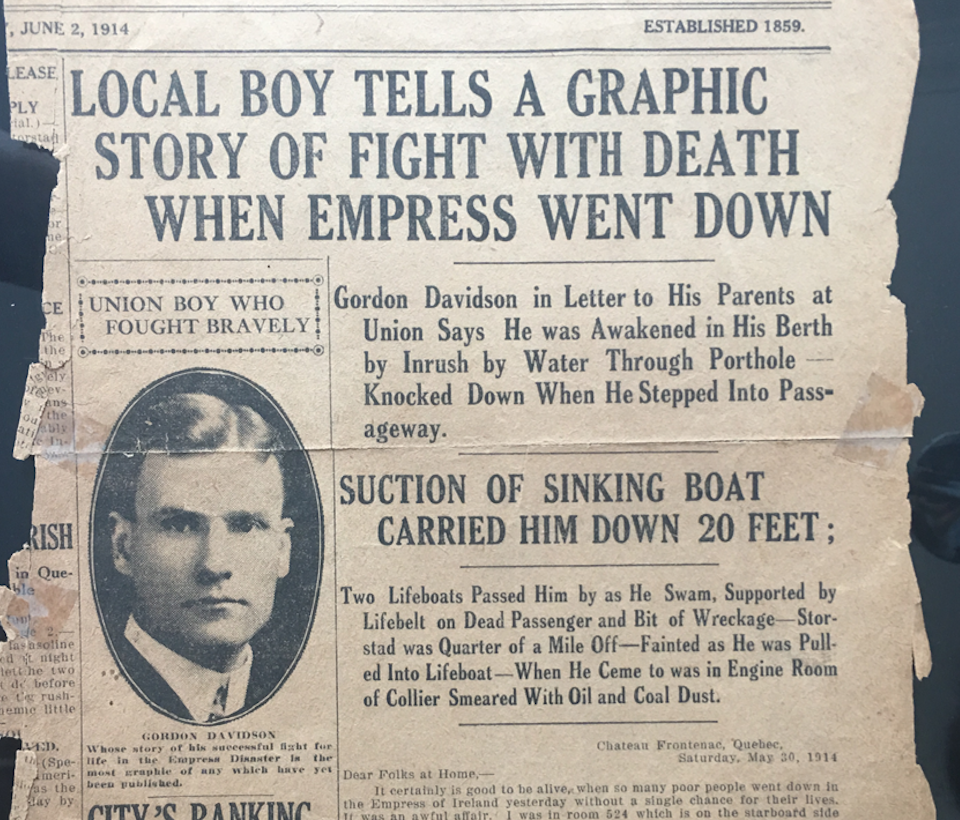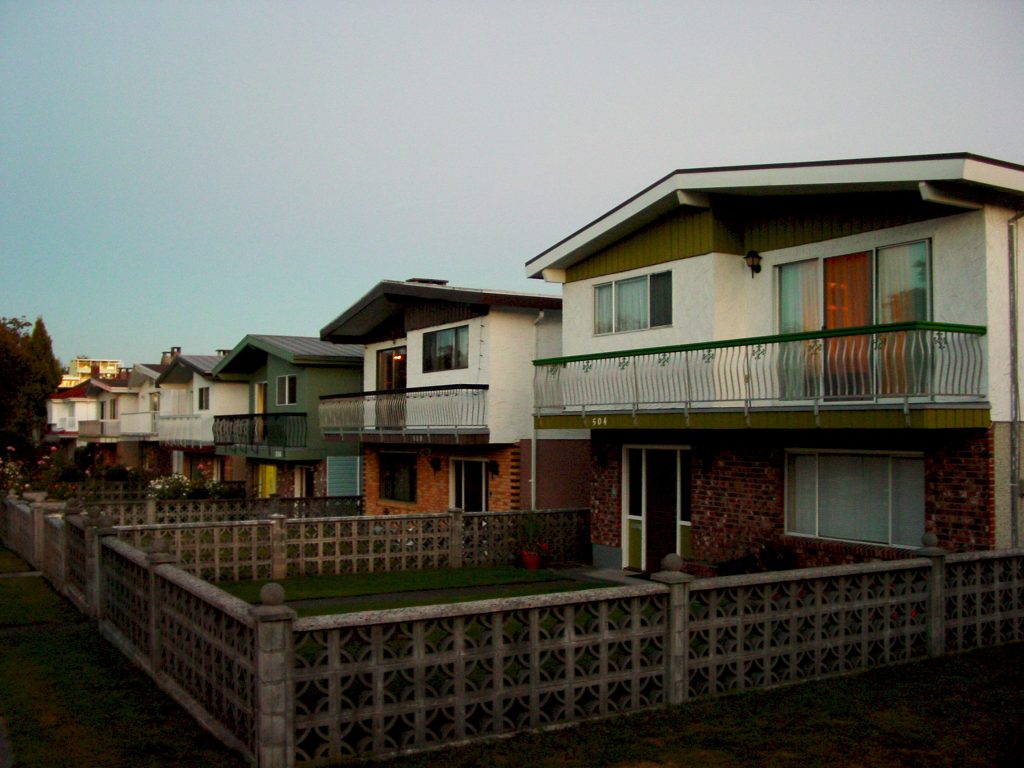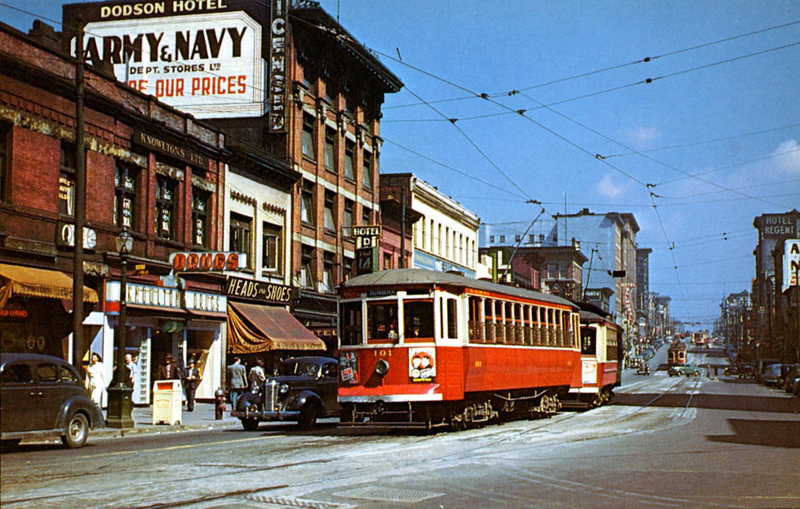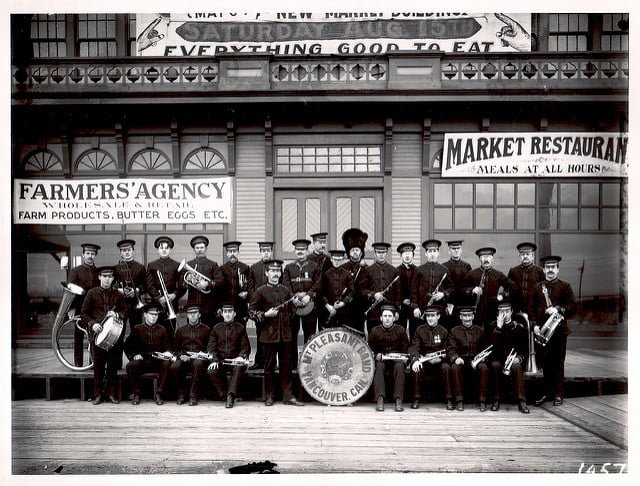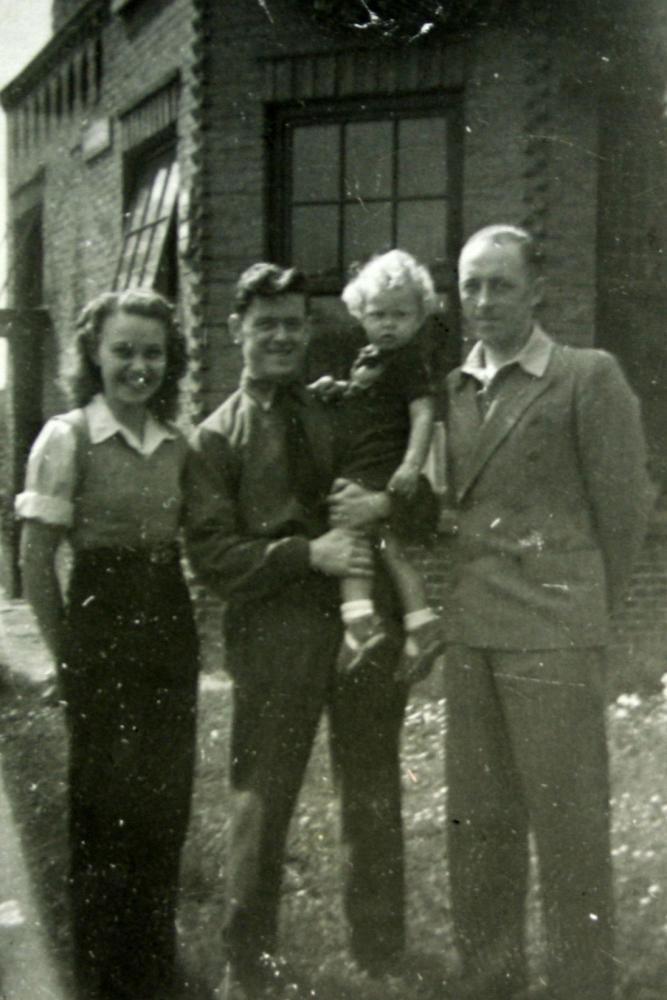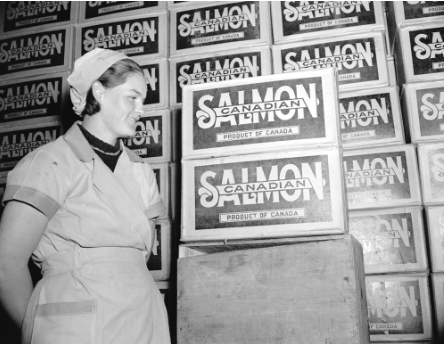Summaries of Talks and Field Trips - 2024
Glimpses of the Past through description, related books and internet connections
Beneath Dark Waters, The Legacy of the Empress of Ireland Shipwreck
On May 28, 1914, the RMS Empress of Ireland began her 192nd trip across the Atlantic from Quebec City, Canada, enroute to Liverpool, England, carrying 1,056 passengers and a crew of 423. In the early hours of May 29, fog descended on the St. Lawrence River, and the ocean liner was rammed by the Storstad, a Norwegian coal ship. In the fourteen minutes it took for the Empress of Ireland to sink, there was time to launch only four of the forty lifeboats, and rather than women and children first, it was everyone for themselves.
Over a thousand people died that night, claiming the lives of more passengers than either the Titanic or the Lusitania, and the tragedy stands as the worst peacetime maritime disaster in Canadian history.
Eve’s book Beneath Dark Waters, The Legacy of the Empress of Ireland Shipwreck, was the subject of our last lecture of the 2024/2025 season
What's not to love about the Vancouver Special?
Dr. Jennifer Chutter is a historian of Vancouver’s domestic landscape and is an expert on the underappreciated Vancouver Special. Found in many — but not all
— Vancouver neighbourhoods, it offered affordable solutions to increased housing demand, changes in family structures, and an economic leg-up for working families.
Introduced in the 1960s, the Vancouver Special was banned — that’s right, banned — by City Hall in 1984. Over 10,000 units were built, mostly in East Van, and opposition to the spread of this homegrown style was most intense
on the west side of town. These days, the Vancouver Special is getting some of the love it deserves. What did it offer, why was it opposed, and how has its status changed? Jennifer Chutter opened the door into a housing style so special it’s even in the name.
Annual Incorporation Day Luncheon
We took the interurban to Quilchena Golf and Country Club for this excursion into the fascinating history of the British Columbia Electric Railway!
Born in Vancouver in 1937, Henry Ewert, an English teacher with a Mennonite background, rode the Vancouver streetcars on their final day of service in 1955; and he rode the interurbans on their final day of service in 1958. He published The Story of the B.C. Electric Railway Company (Whitecap, 1986), Victoria’s Street Car Era (Sono Nis, 1991) and The Perfect Little Street Car System: North Vancouver 1906 – 1947 (North Vancouver Museum and Archives, 2001). These were followed by Vancouver’s Glory Years: Public Transit 1890-1916 (Whitecap, 2003), with Heather Conn.
The Brewmasters of Brewery Creek: Vancouver's Beer Pioneers, Then and Now
March 26, 2025 MoV Noëlle Phillips
The first glory years of brewing came to an end with prohibition in 1917. There followed the ‘Big Beer’ interlude in which massive breweries dumbed-down the nation’s pallets, a fate from which we were rescued by the second golden age of breweries and congenial drinking beginning in the 1980s.
The story of beer in Vancouver reveals a lot about the kinds of people who were drawn here before the Great War, and the character of their lives beyond the factory/cannery/lumbermill gates.
This spirited lecture was presented by Douglas College English instructor, Noëlle Phillips.
Voices Through Time: Correspondence of the First World War
Dr. Stephen Davies of Vancouver Island University describes and illustrates the extraordinary Canadian Letters and Images Project – a heartrending collection of letters home from WWI soldiers describing their hopes, fears, injuries and their longing to be with their families. Anyone who has ever seen or read a war story needs this to complement their understanding of life as soldiers lived it.
Twenty-four years ago, Stephen Davies was teaching a history class about World War I. While the dates, battles, names and statistics he cited were integral to his curriculum, Davies felt something was missing: He wanted his students to connect with the real faces, lives and people behind the numbers.
He made it his mission to uncover these important stories from Canada’s history, aiming to collect around 200 letters to share with his students. That exercise ballooned into “The Canadian Letters and Images Project,” an online database of war letters written by Canadians with accompanying photographs.
The database currently houses over 300 sets of letters, unedited and uncensored, from the Anglo-Boer War to the Korean War.
More information on Davies and “The Canadian Letters and Images Project” can be found at www.canadianletters.ca.
Fundraisers, Axe-Wielders, and Star Witnesses
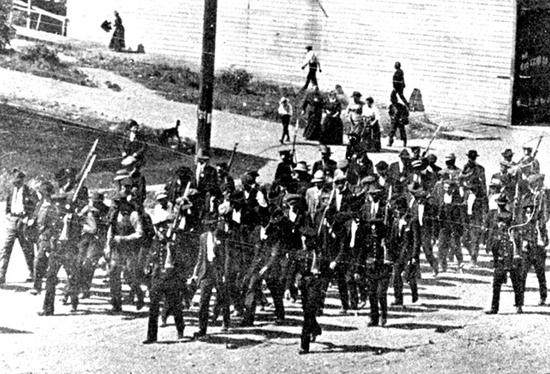
Fundraisers, Axe-Wielders, & Star Witnesses: Women on both sides of the Greater Vancouver Island Miners’ Strike 1912-1914
Women played essential roles as activists in a divided community during the Great Vancouver Island Coal Miners’ Strike, 1912-1914. Aimee Greenaway narrated captivating stories about women in Extension BC and Ladysmith, BC – from axe-wielding Minnie Axelson to Charlotte (Maffeo) Schivardi who was nicknamed a “non-union Joan of Arc” by the press. Stories are drawn from archival sources, give women back their names and voices, and highlight the integral role they played in the drive for justice and woman’s rights.
Aimee Greenaway grew up in Extension, BC listening to stories about the Great Vancouver Island Coal Miners’ Strike. She is curator at the Nanaimo Museum and Managing Editor of British Columbia History magazine.
This lecture was presented in Nanaimo by the Nanaimo Historical Society.
Women’s Labour History in Vancouver: a Virtual Walking Tour
January 23, 2025 MoV Natasha Fairweather
Natasha Fairweather was our tour guide, showing us the historic sites where women’s work built communities, challenged authorities, supported families, and — sometimes quietly, sometimes loudly — made history. Unlike most walking tours, this one was vividly illustrated with videos and historic audio and photos. We heard stories of cannery workers desegregating their own workplaces, a switchboard operator who saved a labour leader from being thrown off a ledge, the small feminist union that changed the rules for everyone, and much more.


